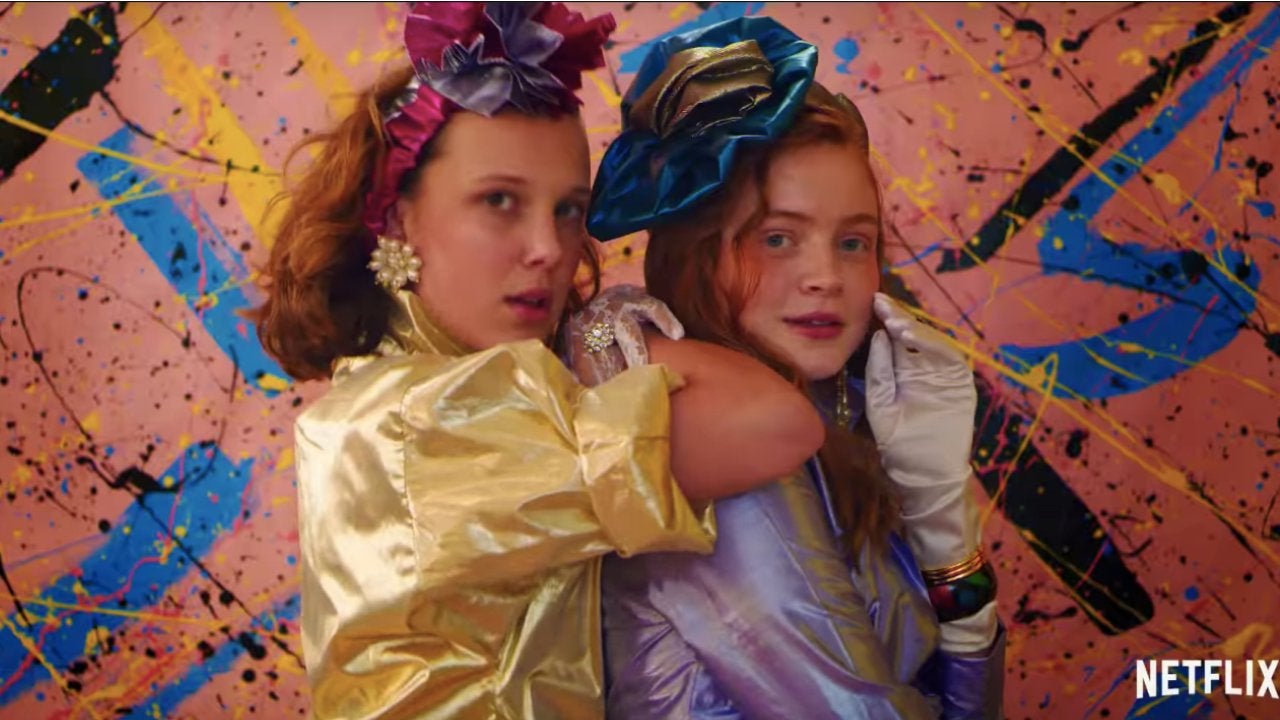I remember when the third season of Stranger Things dropped during the 4th of July last summer (hey, remember 2019?). I should prioritize my summer classes, I figured at the time, and decided to put off watching the season for a little while. And by the time I’d completed it – around two weeks later – I realized that the excitement surrounding the show was completely over. None of my friends were even thinking about the show, much less talking about it. As someone who enjoys the discourse around a show as much as the experience of watching it, I was disappointed to be left out of the loop so quickly.
The first season of Stranger Things dropped in a similar fashion just three years before – averaging ratings of around 14.07 million adults in the US within the first 35 days of release. It was an incredible result for Netflix, from which they seized upon the full-season release model for years to come.
How have the streaming services evolved?
Of course, Netflix isn’t alone now. The TV landscape has been shaped over the last few years by the so-called Streaming Wars, a battle for the best and most-lucrative content between streaming service giants. In addition to Netflix, contenders include Amazon Prime Video, Hulu, and newcomers like Disney+, HBO Max, and Apple TV+. Most viewers today, including myself, have been swamped in content. And as I’ve already pointed out, the full-season release model not only invites TV binging, but it practically requires it if you want to be a part of the discussion. Unfortunately, I’m at a point in my life where I don’t have time to binge an entire show over the weekend (unless I’m procrastinating). Let’s explore an alternative.
The Mandalorian and the return of “water cooler television”
The Mandalorian premiered along with Disney+ last November, notably following a weekly release schedule. Of course, this was probably just a ploy to lure in long-term subscribers over the show’s eight-week run. In short, it succeeded. The Internet would be blessed every week with new Baby Yoda memes, and the show’s viewership would continue to grow. By Christmas, I could only presume that the gift theme of the year was unofficial Baby Yoda merch.
However, I also found the viewing experience vastly improved because of the weekly model. Each episode felt like an adventure serial: somewhat connected to its predecessor and worthy enough to stand on its own. I was glad to have an entire week dedicated to discussing the events of the latest episode and theorizing where Mando would head next. And because almost everyone was on the same page every week, I didn’t have the added pressure of binging the entire season in order to avoid spoilers. Instead of “Have you finished the season yet?”, asking the question “Did you watch last night’s episode?” felt much less loaded.
The hype surrounding The Mandalorian probably didn’t come close to matching a show like Game of Thrones, but it certainly generated the same type of water-cooler conversations that would eventually propel Thrones to TV monoculture status. Sum it up to: “if a show sticks around for an extended period, it will have a greater chance of gaining popularity”.

The Netflix Effect
This isn’t to say that a weekly show always has wider audience appeal than that with a binge release. The mass accessibility of episodes through a streaming service can make a show even more popular. The Netflix effect occurs when “a new series catapults an unknown actor to fame – overnight – a result of millions of people binge watching a show”. This doesn’t just apply to shows like Tiger King or You. Here’s one network show that benefited hugely from the Netflix effect: Breaking Bad. The first three seasons of Breaking Bad were added to Netflix prior to airing its fourth and fifth seasons on AMC, and ratings went through the roof as a result. A more recent example would be The Good Place, which gained most of its live viewership through Hulu (later fully released through Netflix) rather than NBC.
Where do we go now?
Thus, it seems like certain shows such as The Mandalorian unquestionably benefit from the weekly release model, while others like Stranger Things are designed to be binged. When it comes to which model works the best for me, I turn to the hybrid: a three-episode mini binge followed by weekly releases. The first three episodes serve as a test for viewers on whether they want to watch the show and allow for the same initial boost in viewership that would come from a fully released season. As the season continues, the weekly releases spur more audience discussion, while giving interested viewers time to catch up. One recent example of this release schedule is the latest season of Amazon Prime Video’s The Boys. However, for now it’ll be hard to tell if and how streaming services will change their approach to releasing different shows. Let the Streaming Wars rage on!


